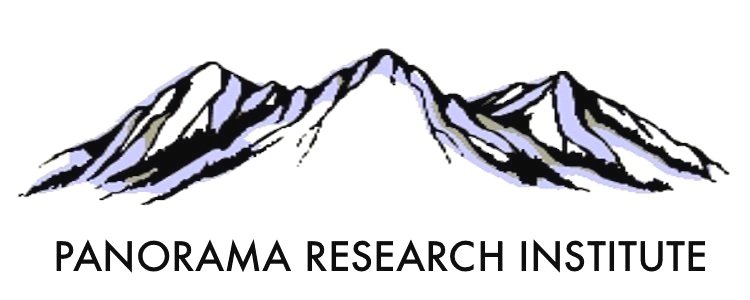Cardioprotection induced by Na(+)/K(+)-ATPase activation involves extracellular signal-regulated kinase 1/2 and phosphoinositide 3-kinase/Akt pathway
Abstract
Aims: Na(+)/K(+)-ATPase (NKA) has recently been found to relay extracellular signals to intracellular compartments. Activation of NKA with polyclonal antibody produces positive inotropic effects. The present study was designed to examine whether DRRSAb, a NKA DR region-specific antibody, also produces cardioprotective effects.
Methods and results: contractile function was examined in both isolated cardiomyocytes and hearts subjected to ischaemic injury. We found that DRRSAb (0.125-2.0 µM) concentration-dependently stimulated the activity of NKA in rat or mouse kidney tissues. Moreover, DRRSAb increased the amplitudes of cell shortening and electrically induced [Ca(2+)](i) transients in rat or mouse cardiac myocytes. These effects were significantly attenuated by blockade of either extracellular signal regulated kinase 1/2 (ERK1/2) with PD98059 or Src with herbimycin A, suggesting a role of ERK1/2 and Src kinases in the positive inotropic effect of DRRSAb. More importantly, DRRSAb significantly increased cell survival rates for at least 24 h after isolating from the heart. Activation of NKA also protected hearts against ischaemic injury in both cardiomyocytes and isolated hearts. The protective effect was reversed by blockade of ERK1/2 or phosphoinositide 3-kinase (PI3K)/Akt but not by inhibition of protein kinase C. The involvement of ERK1/2 and PI3K/Akt was further confirmed by examining the phosphorylation of these kinases with western blot analysis.
Conclusion: activation of NKA with DRRSAb induces both positive inotropic and cardioprotective effects via stimulation of Src/PI3K/Akt/ERK1/2 pathways. The unique properties of DRRSAb may make NKA antibody a promising drug to treat heart failure.
